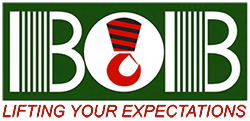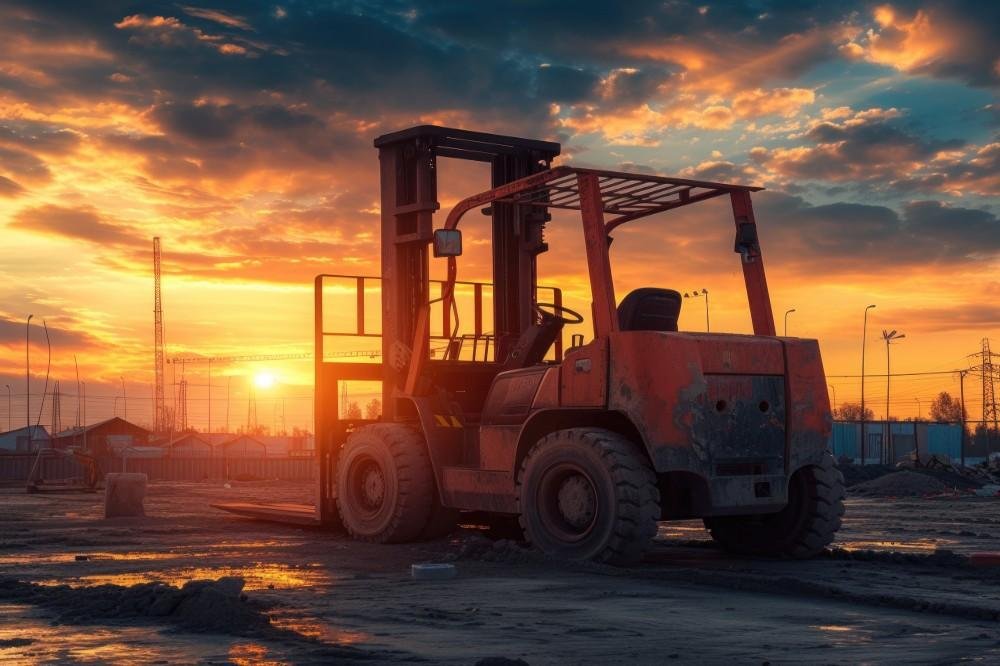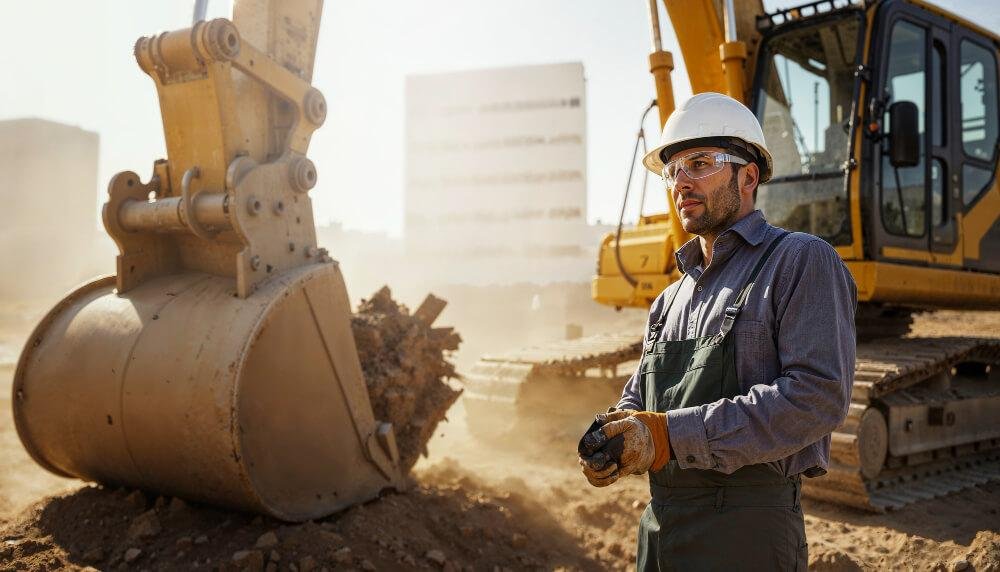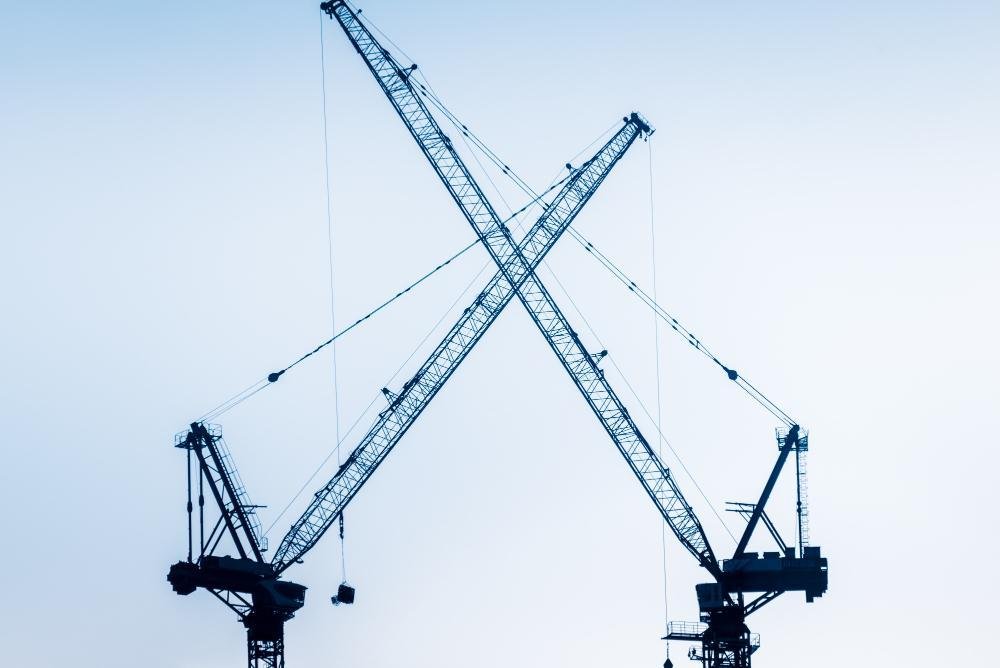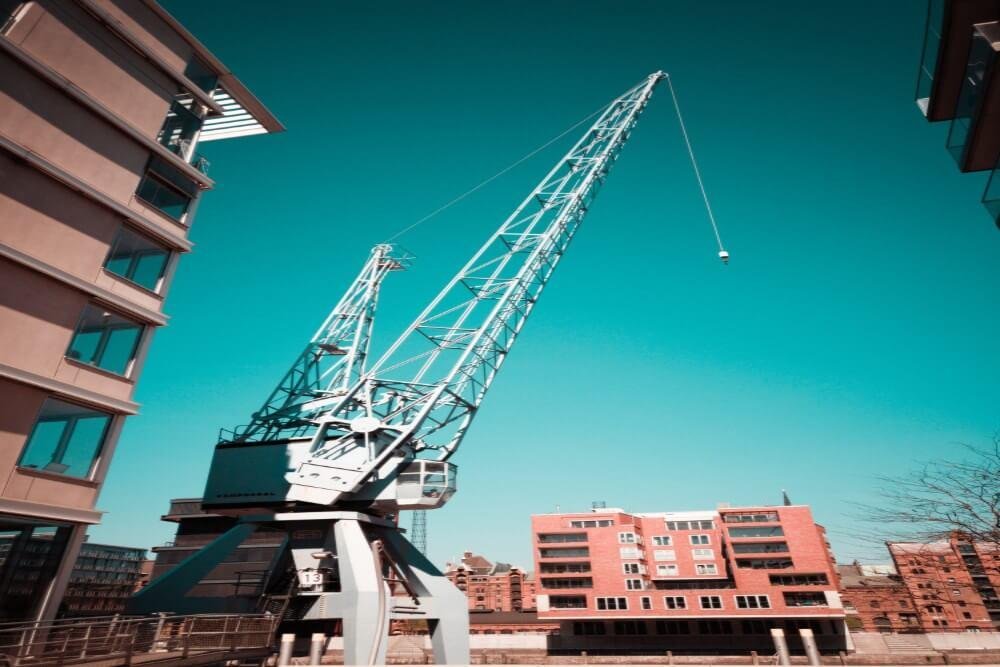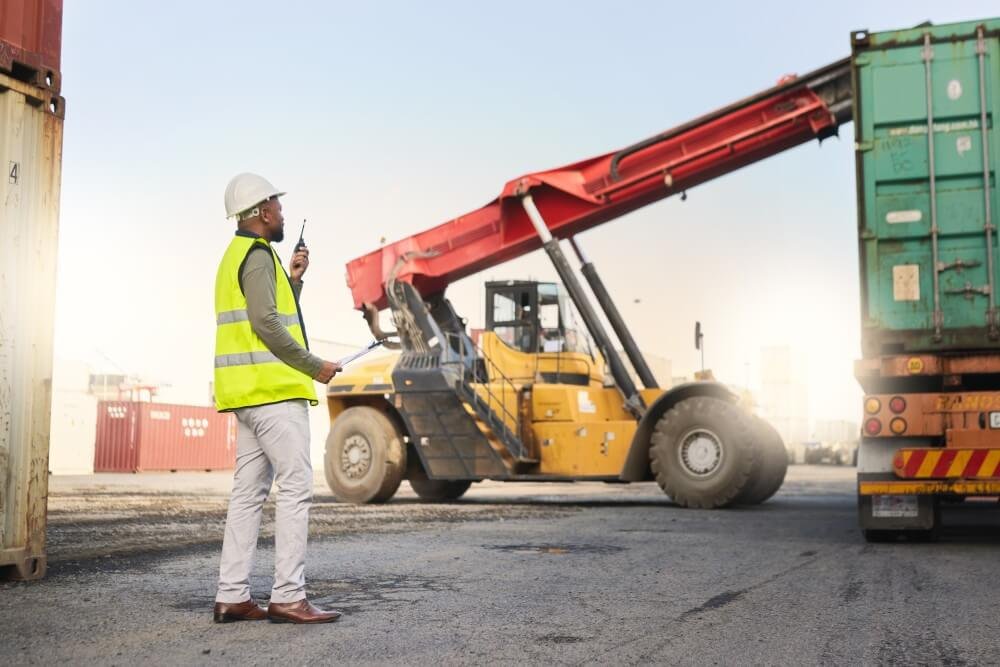Safe Crane Operation Guidelines for Complex Lifting
All lifting activities that involve the use of lifting equipment are required to be adequately planned by an experienced individual, appropriately supervised, and carried out in a manner that is risk-free, according to the law.
As Complex Lifting Services Dubai suggests, cranes and lifting accessories like slings are needed to have sufficient strength and to be tested in addition to being subjected to the necessary tests and inspections. Everyone who operates a crane, including those who sling weights or direct lifting operations, is required to have the appropriate level of education and experience.
When it comes to the safe operation of cranes, there are five primary considerations:
- Making preparations for lifting operations
- Workplaces that are free of danger
- Control and monitoring of the lifting
- Comprehensive investigation
- Load moment indicators and other LMI systems should be installed.
What you absolutely must be aware of
Construction projects make substantial use of tower cranes as well as mobile cranes. These cranes present two primary hazards, which are as follows:
The collapse of the crane – occurrences of this nature have a substantial potential for multiple fatal injuries, both on-site and off-site; Other instances have involved persons being struck by moving loads, cranes coming into touch with overhead conductors, and cranes colliding with each other. Important information for those who use cranes: in most cases, the legal responsibility for safe lifting operations is split between the crane hirer and the person who actually uses the crane.
The user is the one who is responsible for planning, supervising, and carrying out lifting operations when a crane is rented unless the crane hires business specifically assumes these obligations in the form of a ‘contract lift’. People who rent cranes but do not possess the skills required for safe planning and operation will be required to purchase something called a “Contract Lift” from the company that rents out the cranes. The load falling on someone or anything else is another hazard that poses a considerable risk of death or serious injury.
Making preparations for lifting operations
Every lifting operation needs careful planning in order to be carried out without incident, taking into account any potential hazards that may arise.
The individual who is tasked with planning the lifting operation ought to have sufficient theoretical and practical knowledge in addition to prior expertise with the lifts that are being performed. In order to ensure that any lifting operation is carried out without incident, the plan will need to address the dangers that were uncovered during the risk assessment, as well as the necessary resources, processes, and responsibilities. The plan should make certain that the lifting equipment is kept in a safe condition in order to accommodate the various lifting tasks that may be performed with the equipment.
Workplaces that are free of danger
In order to ensure that lifting operations are carried out in a secure manner, careful planning is required with the help of construction equipment suppliers in Dubai. Your strategy ought to result in a safe system of work, which, depending on the complexity of the lift, could need to be documented. This document is sometimes referred to as a method statement, and you are responsible for ensuring that all parties involved comprehend its contents.
The following are important elements:
- preparing the site, erecting and disassembling the crane, and planning are all part of the planning process.
- the selection, provision, and utilisation of an appropriate crane and other pieces of work equipment
- include procedures for secure slinging and signaling;
- examination, as well as maintenance, of the equipment and the crane;
- provision of people that have been adequately trained and are competent;
- oversight of daily activities by people vested with the appropriate level of responsibility;
- examinations, reports, and other records that are very thorough;
- preventing the crane from being moved or used without authorization; and
- precautions to ensure the safety of individuals who are not directly involved in the lifting process.
Control and monitoring of the lifting
For lifting activities, the appropriate level of supervision must be in place, with that level of supervision being reflective of both the level of risk and construction equipment suppliers in Dubai participating in the specific lifting activity. The lifting operation should be directed and supervised by the crane supervisor, who should also be responsible for ensuring that it is carried out in compliance with the method statement.
The supervisor of the crane needs to be qualified, have the appropriate training, and have sufficient experience to be able to carry out all of their related obligations, including having the ability to halt the lifting operation if they believe it to be too risky to continue.
Comprehensive investigation
There are stringent regulatory regulations regarding the comprehensive inspection of all cranes, including the following:
- At the authorised periods, lifting equipment is required to undergo a comprehensive inspection. This is a comprehensive and specialised examination performed by a qualified individual.
- It is the responsibility of the crane user to guarantee that all essential exams are performed and that the requisite reports are in order, despite the fact that the examination will typically be conducted by the firm that is in charge of renting the crane.
The documentation of exhaustive examinations and tests must meet the following requirements: it must be protected from unauthorised access, it must be able to be reproduced in written form, and it must be easily accessible to the relevant authorities, according to, Complex Lifting Services Dubai.


